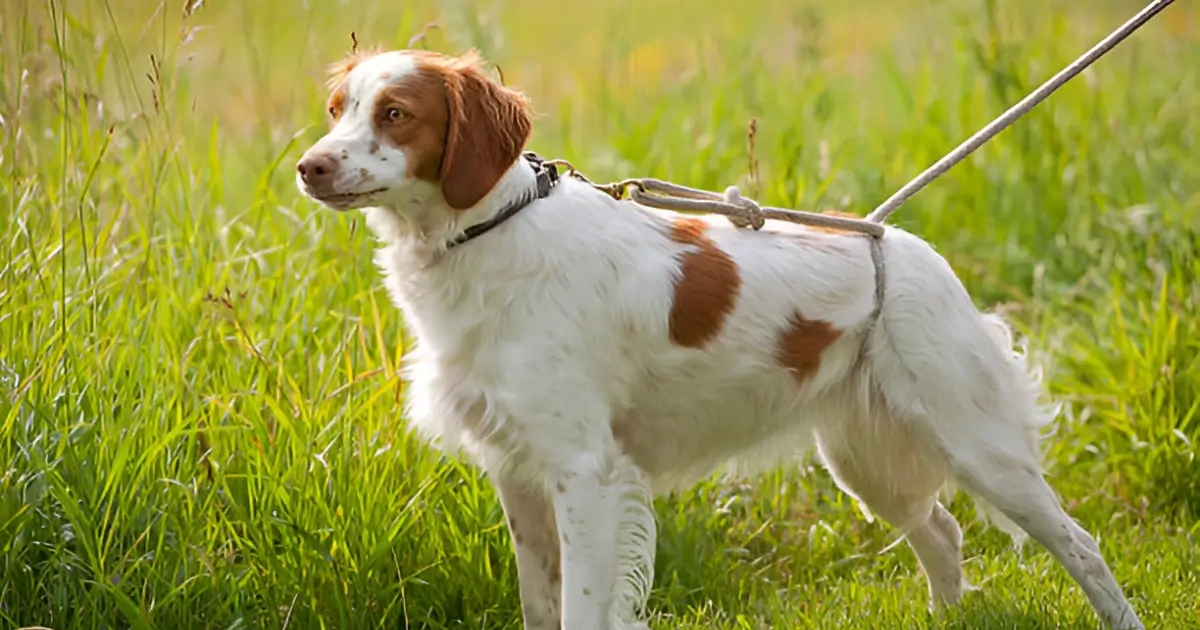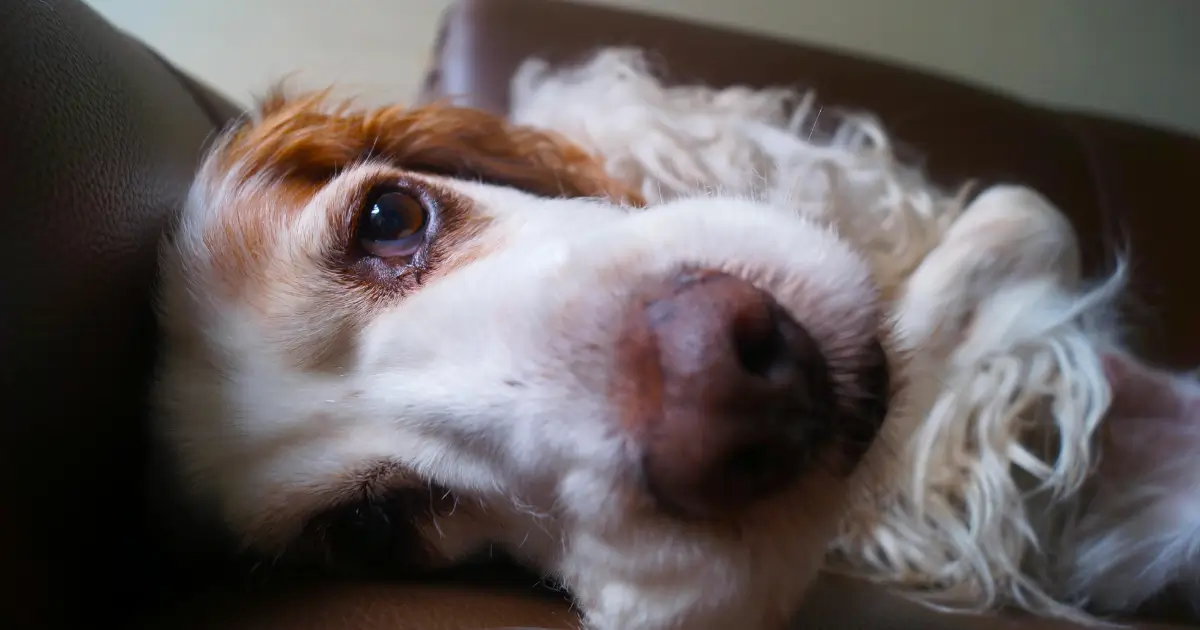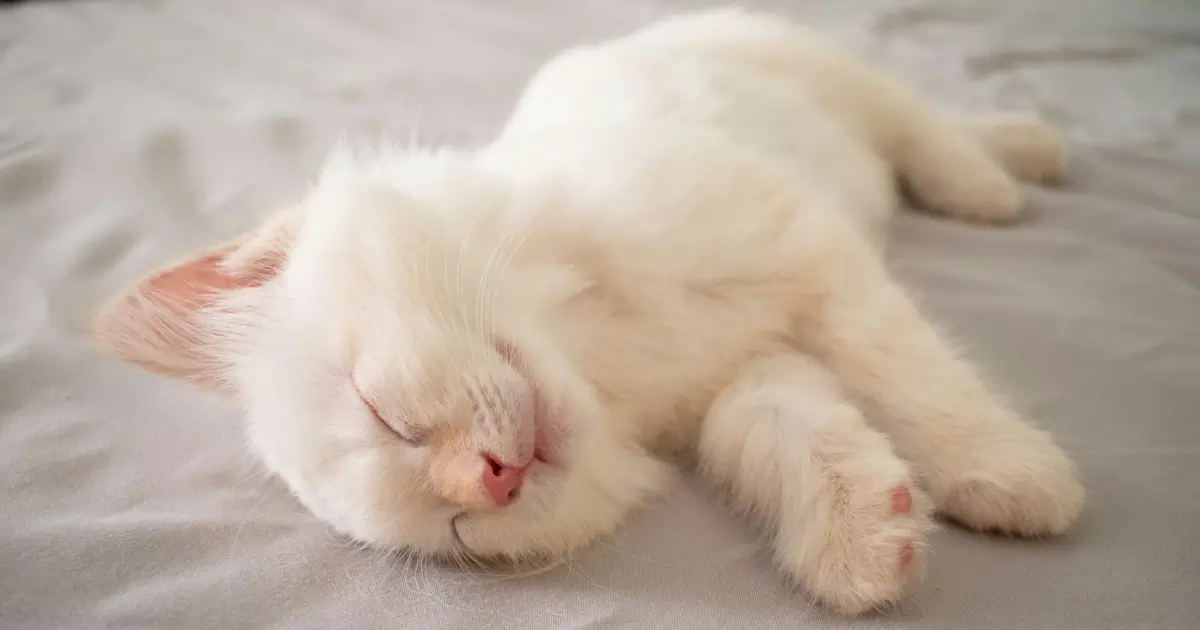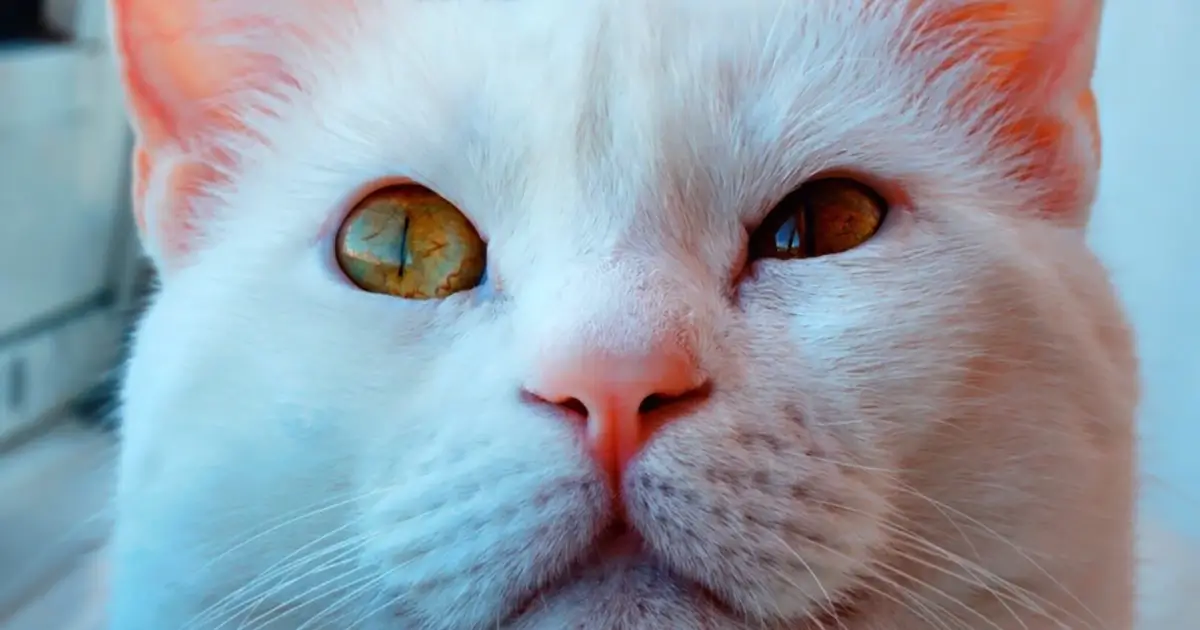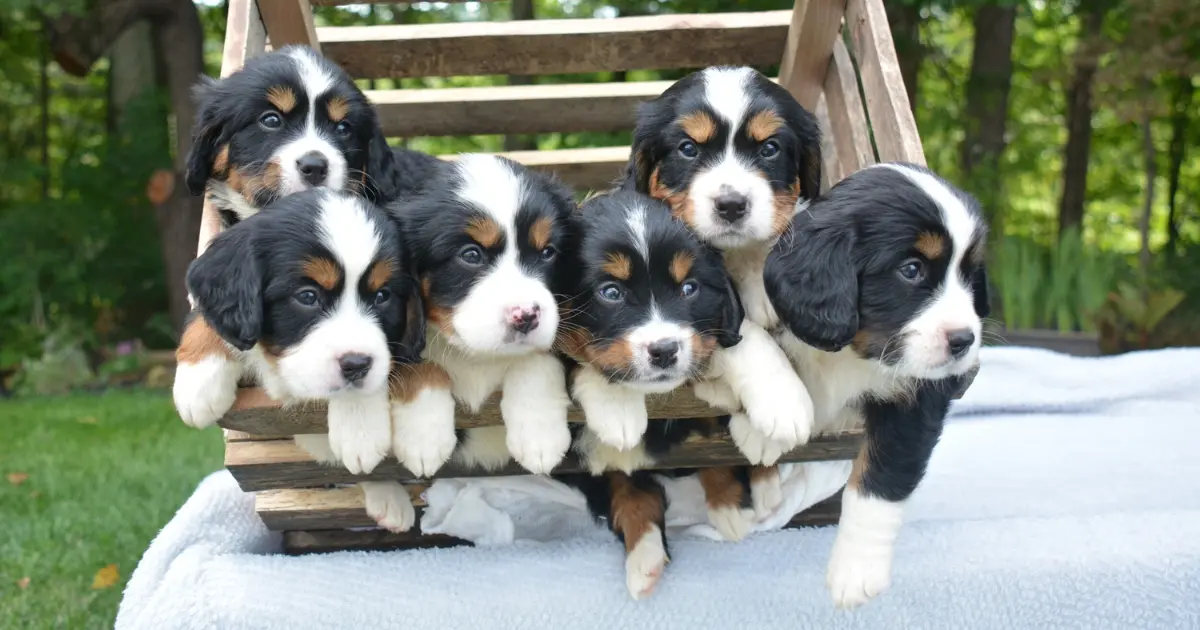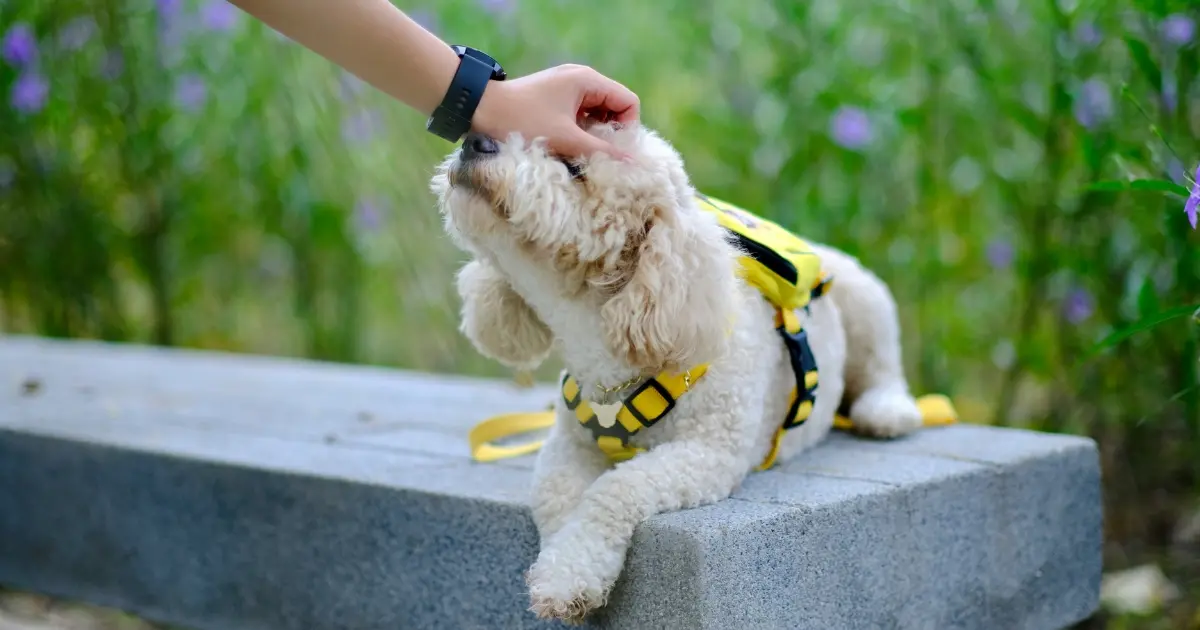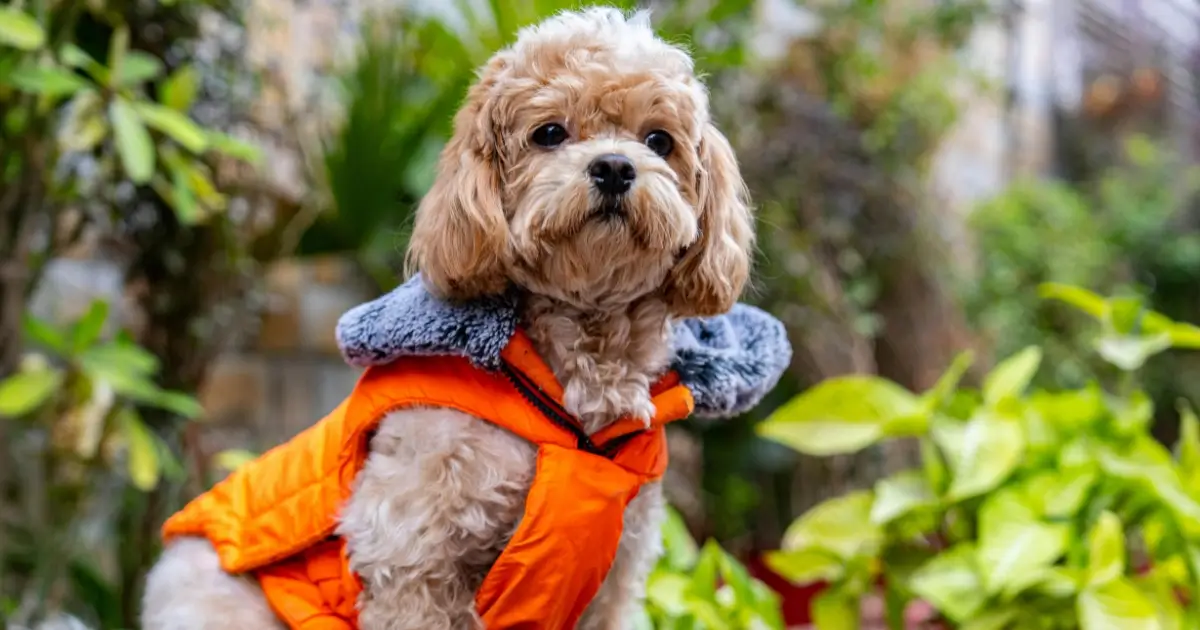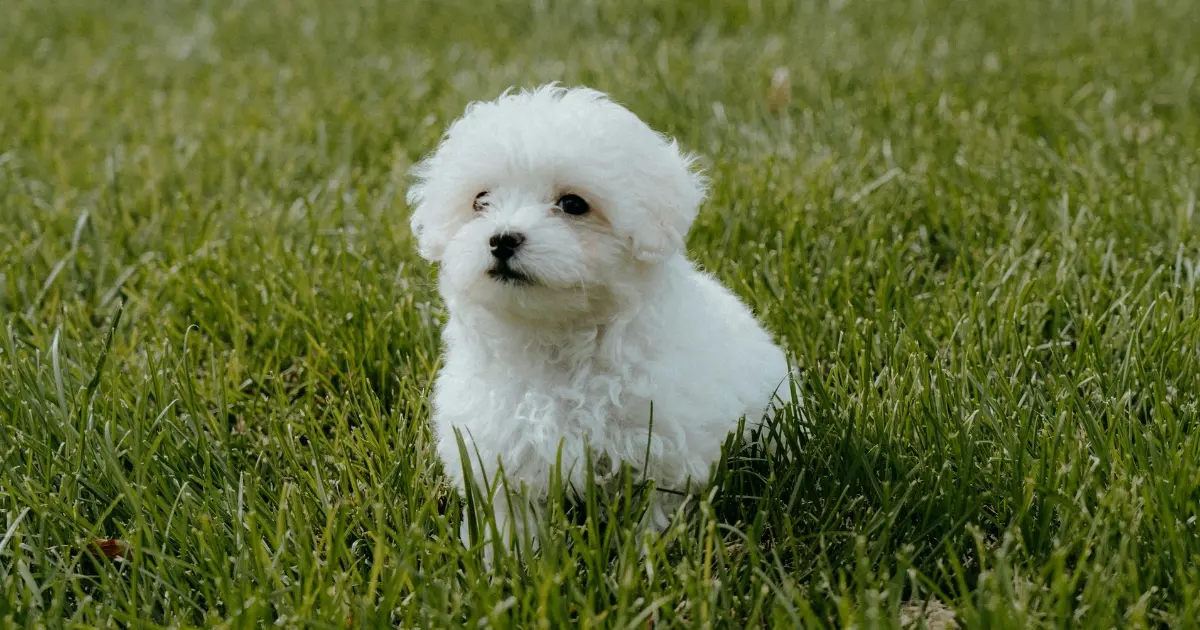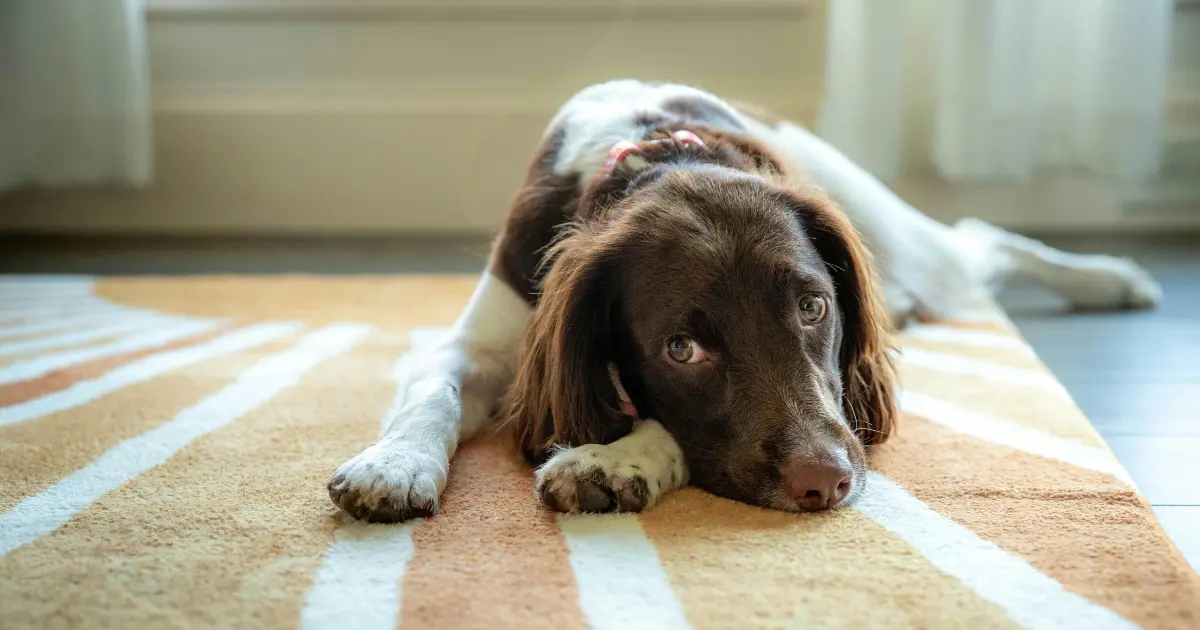The black Belgian Malinois is a powerful and extraordinary working dog. They are known for their intelligence and versatility. These dogs are highly respected in professional circles.
Table of content
Table of Contents
This rare color variant of the Belgian Malinois has amazing physical and mental abilities. They are great companions for experienced dog owners. They are loyal and high-performance partners.
Professional trainers and law enforcement often choose the black Belgian Malinois. They value their work ethic and cognitive abilities. Knowing how to pronounce “malinois” and understanding the breed can help appreciate these dogs.
This guide will cover everything about the black Belgian Malinois. We’ll look at their history, roles in society, and what makes them special. You’ll learn about their traits, training needs, and why they’re exceptional.
Understanding the Black Belgian Malinois Origins
The Belgian Malinois is a remarkable working dog breed from Belgium. It’s known for its intelligence and versatility. The name “mal-in-WAH” shows its Belgian roots, highlighting its unique history.
Historical Development in Belgium
The Belgian Malinois started in the late 19th century. It was one of four Belgian shepherd varieties. Bred in Malines, these dogs were for herding and farm work. Farmers loved their hard work and smartness.
- Originated in Malines, Belgium
- One of four Belgian shepherd varieties
- Initially bred for herding and farm work
Evolution as a Working Dog
The Belgian Malinois moved from farm work to specialized roles. Military and police saw their great skills. They’re perfect for jobs like search and rescue, detection, and protection.
“The Belgian Malinois is not just a dog, but a dedicated working partner with unparalleled drive and commitment.” – Professional K9 Trainer
Breed Recognition and Standards
The Belgian Malinois became known worldwide in the early 20th century. The American Kennel Club recognized it in 1959. They set rules for its looks, behavior, and work skills. Black Belgian Malinois are rare but loved for their looks and skills.
- AKC recognition in 1959
- Strict breed standards established
- Emphasis on working capabilities
Physical Characteristics and Appearance
The black Belgian Malinois is a standout among dogs that look like German shepherds. It has a unique and striking look. This powerful dog is usually 22-26 inches tall. Males weigh 60-80 pounds, and females weigh 40-60 pounds.
Key physical characteristics include:
- Athletic, muscular body structure
- Erect ears with alert expression
- Short, dense double coat
- Predominantly black coloration
A belgian malinois husky mix might share some traits, but the black Belgian Malinois is special. Their coat is tight and straight, great for protection in work.
“The black Belgian Malinois is a testament to canine elegance and strength” – Working Dog Enthusiasts Magazine
Their coat color can be rich black or have slight variations with minimal markings. Their body shows their working dog heritage. They are lean, powerful, and built for intense activities.
- Muscular shoulders
- Tight, compact body
- Agile movement
- Proportional build
Professional handlers often praise the black Belgian Malinois for its physical abilities. Their body shape allows for speed, agility, and endurance in tough jobs.
Black Belgian Malinois Temperament and Personality
The black Belgian Malinois is a standout among dogs like German shepherds. It has an amazing personality and incredible work skills. These dogs are known for their sharp intelligence and loyalty to their handlers.
Black Belgian Malinois dogs have unique traits that make them great working partners. They are full of energy, very smart, and eager to do tasks.
Intelligence and Trainability
These dogs are incredibly smart and can learn complex tasks fast. They pick up commands and tasks quickly. Some key traits include:
- Rapid skill acquisition
- Strong focus and concentration
- Ability to learn multiple complex commands
Working Drive and Energy Levels
The Belgian Malinois is known for its high energy and drive. This makes them perfect for tough jobs like police work and search and rescue.
“A Belgian Malinois is not just a dog, but a highly motivated working partner,” says professional dog trainer Michael Roberts.
Social Behavior with Family and Strangers
Belgian Malinois colors show their adaptable nature. They are protective but also form strong bonds with family. Their social behavior includes:
- Strong loyalty to family
- Cautious approach to strangers
- Potential for excellent guard dog capabilities
Knowing their complex personality helps them fit well in different homes and jobs.
Training Requirements and Challenges
Training a Belgian Malinois needs a lot of dedication, patience, and a smart plan. Whether it’s a mix or a purebred, these dogs need regular, structured training from a young age. Their smart minds and strong work ethic make them great for special training programs.
Experts say to start training and socializing them at 8 weeks old. A brindle Belgian Malinois or any other type needs positive, firm training to use their energy right.
- Start with basic commands like sit, stay, and recall
- Use positive rewards for training
- Keep training sessions short and fun
- Make sure they get both mental and physical challenges
“A well-trained Belgian Malinois is not just a pet, but a loyal and skilled companion.” – Professional Dog Trainer
The Belgian Malinois Pitbull mix has its own training hurdles because of their strong personality. They need an experienced handler who knows how to handle their complex nature. It’s important to set clear rules and communicate well for good training.
- Be a clear leader
- Use positive rewards for training
- Give them lots of mental and physical challenges
- Avoid harsh punishment or aggressive training
Special training for work or sports can help them do well. They often excel in protection, search and rescue, and dog sports with the right training and structure.
Exercise Needs and Activity Requirements
Black Malinois are high-energy dogs with great physical and mental stamina. They need more exercise than regular pets. This makes them perfect for active people and working professionals. It’s important to understand their exercise needs to keep them healthy and prevent bad behavior.
Daily Exercise Recommendations
A black Belgian Malinois needs a lot of daily physical activity. Owners should plan for:
- Minimum 60-90 minutes of intense exercise daily
- Multiple high-energy activity sessions
- Varied workout routines to prevent boredom
Mental Stimulation Activities
These smart dogs also need a lot of mental challenges. Malinois are known for their ability to solve complex problems.
- Puzzle toys and interactive games
- Obedience training sessions
- Tracking and scent work
- Agility course challenges
Sport and Work Opportunities
Malinois excel in many professional and sporting areas. Their natural drive makes them great at:
- Police and military working roles
- Search and rescue operations
- Competitive dog sports
- Protection and detection work
“A tired Malinois is a happy Malinois” – Professional Dog Trainer
Potential owners need to know these dogs need a lot of time, energy, and structured activities to be happy.
Health Considerations and Life Expectancy
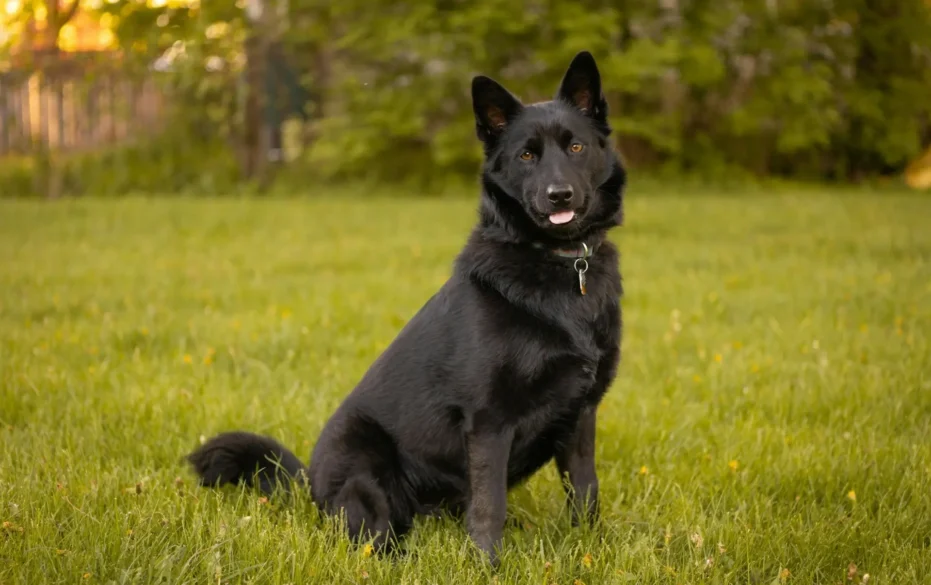
The black Belgian Malinois is a strong and healthy dog. They live between 10 to 14 years, based on their genes, food, and care. Like other Belgian shepherds, they face certain health issues that owners need to know about.
Potential health issues for this breed include:
- Hip and elbow dysplasia
- Progressive retinal atrophy
- Epilepsy
- Skin allergies
A mix of a Belgian Malinois and a Pitbull might have more health risks. It’s important to take them to the vet regularly. This helps catch and prevent health problems early.
“Prevention is always better than cure when it comes to your dog’s health.” – Veterinary Experts
Here are some ways to prevent health issues:
- Annual comprehensive health screenings
- Maintaining a balanced diet
- Regular exercise
- Keeping vaccinations current
Nutrition and weight management are key to a long, healthy life for your Belgian Malinois.
Grooming and Maintenance
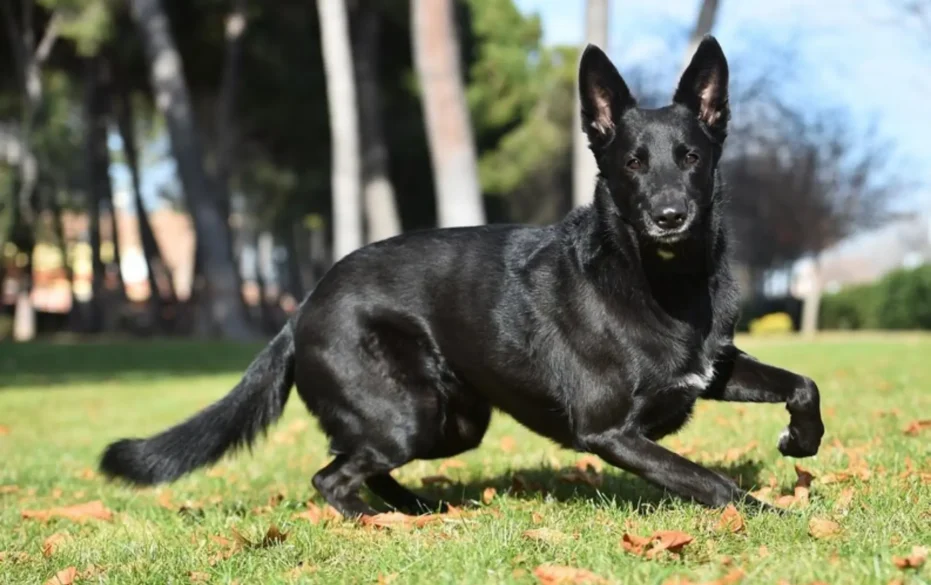
Caring for a Belgian Malinois needs regular grooming to keep them looking and feeling great. Breeders in Europe stress the need for consistent care. This helps keep the breed’s coat and health in top shape.
Coat Care Essentials
The Belgian Malinois brindle coat needs regular care. They have a short, dense double coat. This coat requires specific grooming techniques:
- Brush 2-3 times per week using a medium-bristle brush
- Use a rubber grooming mitt to remove loose hair
- Check for skin irritations during brushing
Seasonal Shedding Management
A Belgian Malinois lab mix sheds a lot, especially in spring and fall. To manage this, increase brushing to daily during these seasons. Also, use an undercoat rake and bathe regularly.
- Brush daily during heavy shedding periods
- Use an undercoat rake to remove dead hair
- Maintain a consistent bathing schedule
General Hygiene Practices
Keeping your Malinois clean is more than just coat care. Regular dental cleaning, nail trimming, and ear checks are key. They help prevent health problems.
“A well-groomed Malinois is a healthy and happy companion.” – Professional Dog Trainer
Grooming your dog regularly does more than keep them looking good. It’s a chance to bond and check for health issues.
Nutrition and Dietary Requirements
Proper nutrition is key for a Belgian Malinois mix, especially for high-energy working dogs. These dogs need a balanced diet to meet their physical and mental needs.
A belgian malinois pit mix needs a diet rich in protein. High-quality animal proteins should be the main ingredient. Veterinary nutritionists suggest diets with:
- Lean meats like chicken, fish, and turkey
- Complex carbohydrates for sustained energy
- Essential fatty acids for coat and joint health
- Balanced mineral and vitamin supplements
For belgian malinois with googles in working environments, calorie intake is crucial. Working dogs need 20-30% more calories than pets that don’t work. Owners should adjust food portions based on activity, age, and metabolism.
“Nutrition is the foundation of performance for high-drive working dogs like the Belgian Malinois.” – Professional K9 Trainer
Feeding recommendations include:
- Two measured meals per day
- Consistent feeding schedule
- Fresh water always available
- Avoid free-feeding
Consulting a veterinary nutritionist can help create a personalized nutrition plan for your Belgian Malinois.
Black Belgian Malinois vs Other Similar Breeds
Dog lovers often compare the black Belgian Malinois with other working breeds. They look for the perfect pet. Knowing the differences between these breeds helps owners make better choices.
German Shepherd and Belgian Malinois Distinctions
Looking at the german shepherd belgian malinois mix puppy shows clear differences. The Belgian Malinois has a stronger work drive and is slightly smaller than German Shepherds. Both are great at work, but Malinois need more exercise and have more energy.
- Belgian Malinois: Typically lighter and more agile
- German Shepherd: Larger, with a more relaxed temperament
- Working style: Malinois often more task-focused
Breed Variations Among Belgian Shepherds
A black belgian malinois puppy is unique among Belgian Shepherds. Learning how to pronounce belgian malinois is “mal-in-wah”. This shows the breed’s Belgian roots.
“Not all Belgian Shepherds are created equal – each variation brings its own distinctive characteristics to the table.” – Professional Canine Trainer
The four main Belgian Shepherd types are Malinois, Tervuren, Groenendael, and Laekenois. Each has its own coat color and temperament. The Malinois is the most energetic and work-oriented of these breeds.
Living Environment and Space Requirements
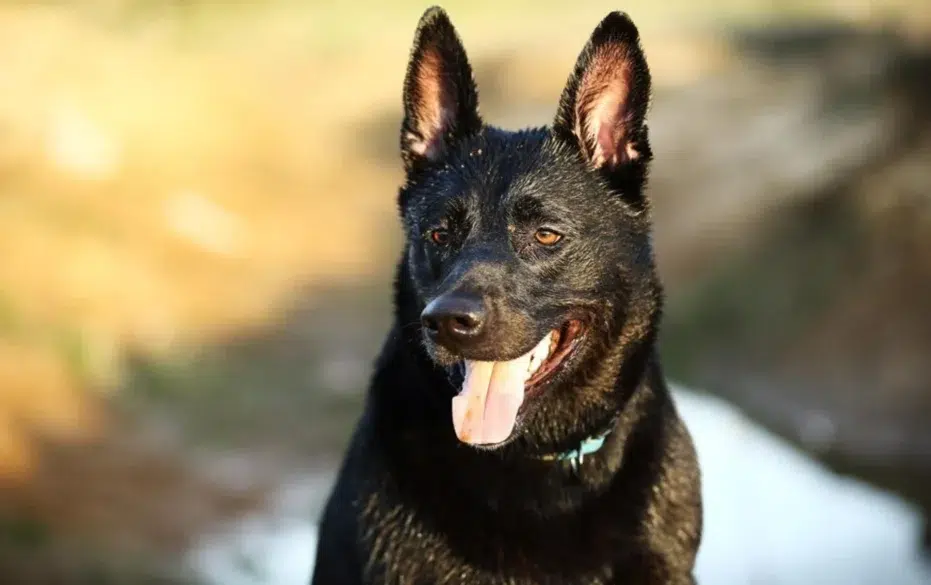
Malinos are dynamic shepherd like breeds that need careful planning in their living spaces. They are high-energy dogs that require a lot of space and thoughtful accommodations. Both city and country homes must meet their unique spatial needs.
The best living situation for a brindle malinois includes several important factors:
- Minimum recommended indoor space of 1000-1500 square feet
- Access to secure outdoor areas for high-intensity activities
- Consistent mental and physical stimulation zones
- Fenced yards with minimum 6-foot perimeter barriers
Apartment living is challenging for malinos. They need lots of exercise and mental stimulation. Owners should plan for:
- Multiple long walks daily
- Interactive play sessions
- Training exercises that challenge their intelligent nature
“A bored Belgian Malinois is a destructive Belgian Malinois” – Professional K9 Trainer
Rural settings are often the best for these energetic dogs. Large properties with varied terrain let them explore, train, and use up their energy.
Cost of Ownership and Essential Expenses
Getting a black Belgian Malinois is a big financial step. These dogs, like German Shepherds, need a lot of money beyond the first cost. Owners must plan their budget for this high-energy breed’s unique needs.
Initial Purchase Price
The price of a Belgian Malinois and lab mix varies a lot. Purebred dogs from good breeders cost between $1,500 and $4,000. The price depends on:
- Bloodline quality
- Breeder reputation
- Training background
- Geographic location
Ongoing Maintenance Costs
Malinois need a lot of money for ongoing care. Monthly costs include:
- High-quality nutrition: $80-$120
- Professional training: $100-$300
- Grooming supplies: $30-$50
- Toys and equipment: $50-$100
Healthcare Expenses
Vet care is a big part of owning a Malinois. Annual vet costs are $500 to $2,000 for:
- Routine check-ups
- Vaccinations
- Preventative medications
- Potential breed-specific health screenings
“A Belgian Malinois is not just a pet, but a significant financial commitment that requires careful planning and dedicated resources.”
Future owners should think about these costs. They need to be ready financially to give their dog the best care.
Conclusion
The black Belgian Malinois is an amazing breed that needs a lot of commitment from owners. They are great at work and have lots of energy. This makes them perfect for certain jobs.
Before getting a dark Belgian Malinois, think about your home, fitness, and training skills. Some might prefer a mix like the Belgian Shepherd Malinois Labrador Retriever. But pure Belgian Malinois are best for jobs like police work and military service.
To own one, you need to train them well, give them lots of exercise, and keep them mentally sharp. They’re not for beginners or people who don’t move much. You’ll need to spend a lot of time and effort to make sure they thrive.
In short, the Belgian Malinois is a great choice for the right owner. Someone who can keep up with their energy, intelligence, and loyalty.
FAQ
How do you pronounce “Malinois”?
Say it as “MAL-in-wah”. The first syllable gets the most emphasis. The ending sounds like “wah”. People from Belgium usually say it smoothly, like in French.
Are black Belgian Malinois rare?
Yes, black Belgian Malinois are quite rare. The breed comes in many colors, but black is not common. This makes them special and sought after.
What is the bite force of a Belgian Malinois?
Belgian Malinois have a strong bite force. It’s about 195-230 pounds per square inch (PSI). This is why they’re often used in jobs that need a strong bite.
How much does a Belgian Malinois puppy cost?
Belgian Malinois puppies cost between
FAQ
How do you pronounce “Malinois”?
Say it as “MAL-in-wah”. The first syllable gets the most emphasis. The ending sounds like “wah”. People from Belgium usually say it smoothly, like in French.
Are black Belgian Malinois rare?
Yes, black Belgian Malinois are quite rare. The breed comes in many colors, but black is not common. This makes them special and sought after.
What is the bite force of a Belgian Malinois?
Belgian Malinois have a strong bite force. It’s about 195-230 pounds per square inch (PSI). This is why they’re often used in jobs that need a strong bite.
How much does a Belgian Malinois puppy cost?
Belgian Malinois puppies cost between $1,000 and $4,000. The price depends on the puppy’s lineage, the breeder’s reputation, and its purpose. Puppies from top lines and for work are pricier.
Are Belgian Malinois good family dogs?
Belgian Malinois can be great for families with experienced owners. They need lots of training, socialization, and mental games. They’re not for beginners or families with small kids because of their strong nature.
How much exercise do Belgian Malinois need?
They need 1-2 hours of exercise every day. This includes running, training, agility, and brain games. Without enough exercise, they might get destructive.
What is the life expectancy of a Belgian Malinois?
Belgian Malinois live for 10-14 years on average. Good food, vet visits, and lots of activity help them live longer and healthier.
Do Belgian Malinois shed a lot?
Yes, they shed a lot. Their double coat sheds heavily twice a year and a bit more the rest of the year. Brushing them 2-3 times a week helps manage their shedding.
Are Belgian Malinois good with other dogs?
They can be tough with other dogs if not socialized early. They have a strong prey drive and can be territorial. Early socialization is key for good dog interactions.
What health issues are common in Belgian Malinois?
They often get hip and elbow dysplasia, eye problems like progressive retinal atrophy and cataracts, and some genetic issues. Regular vet visits and getting puppies from tested breeders can help prevent these problems.
,000 and ,000. The price depends on the puppy’s lineage, the breeder’s reputation, and its purpose. Puppies from top lines and for work are pricier.
Are Belgian Malinois good family dogs?
Belgian Malinois can be great for families with experienced owners. They need lots of training, socialization, and mental games. They’re not for beginners or families with small kids because of their strong nature.
How much exercise do Belgian Malinois need?
They need 1-2 hours of exercise every day. This includes running, training, agility, and brain games. Without enough exercise, they might get destructive.
What is the life expectancy of a Belgian Malinois?
Belgian Malinois live for 10-14 years on average. Good food, vet visits, and lots of activity help them live longer and healthier.
Do Belgian Malinois shed a lot?
Yes, they shed a lot. Their double coat sheds heavily twice a year and a bit more the rest of the year. Brushing them 2-3 times a week helps manage their shedding.
Are Belgian Malinois good with other dogs?
They can be tough with other dogs if not socialized early. They have a strong prey drive and can be territorial. Early socialization is key for good dog interactions.
What health issues are common in Belgian Malinois?
They often get hip and elbow dysplasia, eye problems like progressive retinal atrophy and cataracts, and some genetic issues. Regular vet visits and getting puppies from tested breeders can help prevent these problems.
